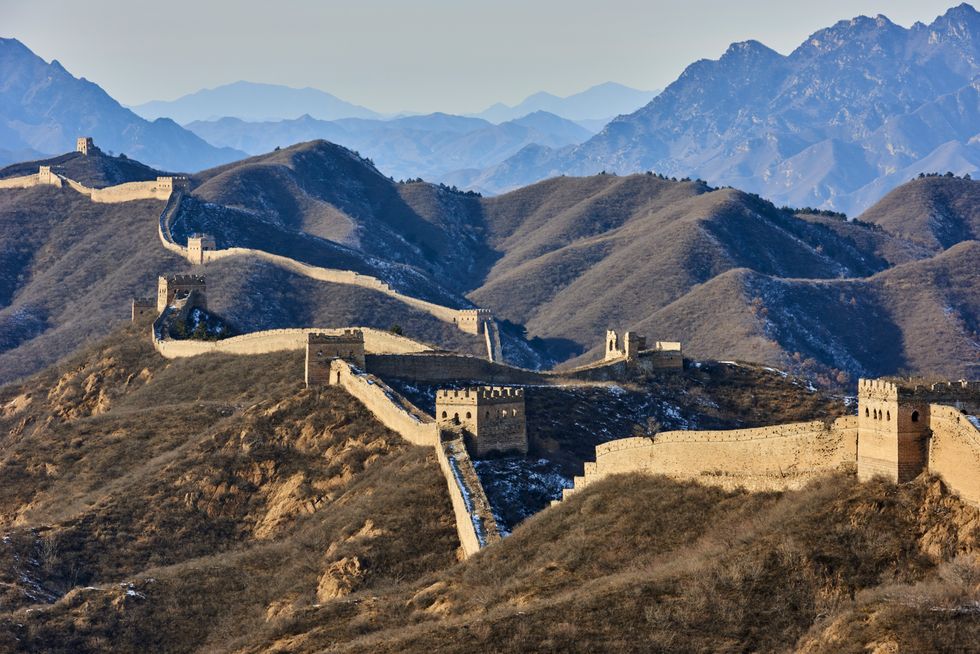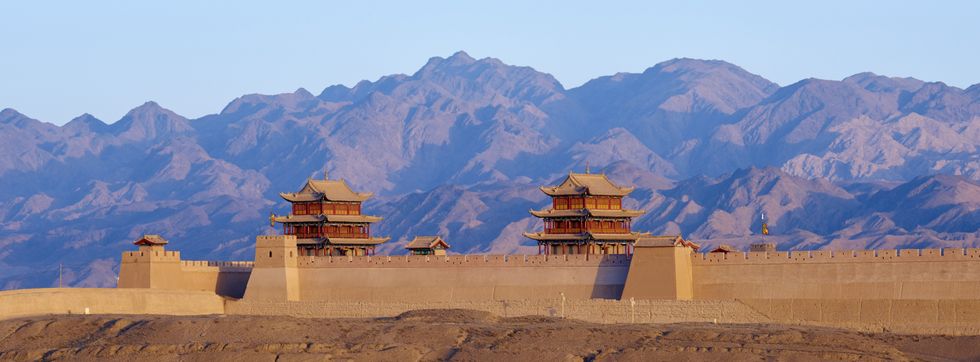Until now, it was believed the first major walls were built around the seventh century BC
Don't Miss
Most Read
Trending on GB News
Archaeological excavations in eastern China have revealed that parts of the Great Wall are much older than first thought.
In fact, recent research has proved that the wall is approximately 300 years older than previously estimated - dating back to the Western Zhou Dynasty (1046-771BC).
The discovery in Shandong province has shown that the Unesco World Heritage site was not a single construction project, but rather a series of fortifications built across multiple dynasties.
Until now, it was believed the first major walls were built around the 7th century BC.

Until now, it was believed the first major walls were built around the seventh century BC (Stock)
GETTY
New excavations covering over 1,000 square metres have unearthed sections of the wall dating to both the Western Zhou Dynasty and the early Spring and Autumn Period of 770-476BC.
Researchers employed a multidisciplinary approach to date these sections, analysing traditional artefacts alongside plant remains and animal bones found at the site.
The findings revealed how ancient Chinese engineers expanded the wall to approximately 30 metres at the peak of Qi State during the Warring States Period.
Ancient texts indicate the wall underwent multiple phases of development, including periods of collapse, abandonment and restoration.
MORE LIKE THIS:
A particularly well-preserved section of the wall - built during the Warring States Period (475 BC to 221 BC) - has emerged as the most significant find at the site.
"This section is the earliest known Great Wall in China," said Liu Zheng, who is a member of the Chinese Society of Cultural Relics.
Archaeologists have also managed to uncover a wealth of historical structures at the excavation site in Shandong province.

China, Gansu province, Jiayuguan, the fortress at the western end of the Great Wall, Unesco world heritage
GETTY
"We found buried sections of roads, house foundations, trenches, ash pits, and walls at the site," said Zhang Su, project leader from the Shandong Provincial Institute of Cultural Relics and Archaeology.
The latest research has established that the Great Wall's sections near the ancient city of Pingyin served purposes beyond military defence.
The proximity to this historically documented settlement has led experts to believe that the wall played a strategic role in controlling trade routes and transport networks.








